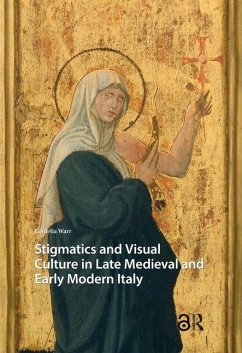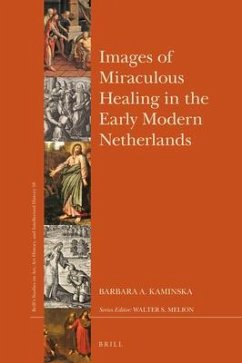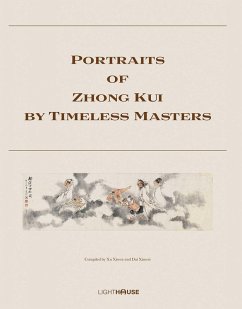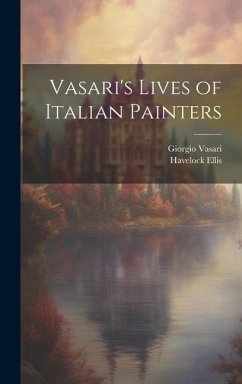Nicht lieferbar
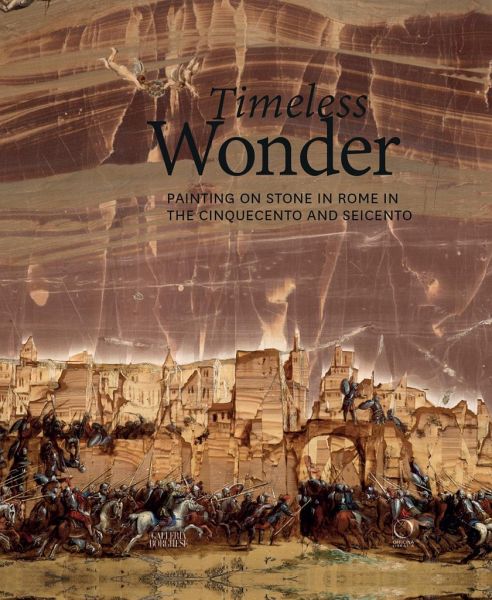
Timeless Wonder
Painting on Stone in Rome Between the Cinquecento and Seicento
Herausgeber: Cappelletti, Francesca; Cavazzini, Patrizia
Versandkostenfrei!
Nicht lieferbar
- Over 60 works from Italian and foreign museums and important private collections richly illustrated - Rarely seen artworks During the 16th and 17th century, the discussion on the durability of artworks had become part of the debate on comparison of the arts, opposing the merits of sculpture to those of painting. The sculptors used colored marbles and painters paint on stone (slate, lapis lazuli, paesina stone, etc.), while metals and precious woods contribute to the creation of extraordinary objects, such as small altars, cabinets, and clocks, with complex architectural shapes and adorned wi...
- Over 60 works from Italian and foreign museums and important private collections richly illustrated - Rarely seen artworks During the 16th and 17th century, the discussion on the durability of artworks had become part of the debate on comparison of the arts, opposing the merits of sculpture to those of painting. The sculptors used colored marbles and painters paint on stone (slate, lapis lazuli, paesina stone, etc.), while metals and precious woods contribute to the creation of extraordinary objects, such as small altars, cabinets, and clocks, with complex architectural shapes and adorned with sculptures, reliefs and paintings. Painting on stone was particularly popular in Rome: the technique, developed by Sebastiano del Piombo, was used to paint large altarpieces but also for smaller works, avidly collected by contemporary patrons, among whom Scipione Borghese stands out. The painting exploited the natural features of the stones for backgrounds, buildings, skies and the result were amazing objects appreciated for their preciousness.




